In 2005 Steve Jobs gave a commencement address at Stanford University. The late Apple CEO kicked off with a story about a calligraphy course he took after dropping out of college in the 1970s. He was fascinated by the artistry of it, but what seemed like a whim of idle curiosity found a practical application ten years later when it came to designing typography for the Mac.
Jobs’s tale of resurgent aesthetic ideas came to mind when I read an interview which Demis Hassabis, the CEO of artificial intelligence company DeepMind, gave to the Times last year. Hassabis is a brilliant technologist, but while growing up he was also one of the top-ranked junior chess players at international level. Winning five ‘Pentamind’ titles at the Mind Sports Olympiad further attests to his profound interest in strategy games, as does the fact that early in his career he co-designed the computer game Theme Park, which sold 15 million copies.
When DeepMind was still a fledgling company, Hassabis knew that he might get just a brief minute to pitch his company to the billionaire American investor Peter Thiel. Knowing Thiel to be a skilled chess player, Hassabis piqued his interest with an observation that he relates like this: ‘Chess is exquisite. It is almost perfectly balanced. And I think the secret is that the bishop and knight are worth three points each but have such different powers. All the creative tension comes when you swap the bishop for the knight in certain positions. This intrigued him. He had never thought of that … We secured our meeting.’
The following game, played last month in Wijk aan Zee, sees a fantastic conception from Fabiano Caruana, playing Black. Giving up the light-squared bishop on move nine is no surprise — that’s a standard way to fight for the central dark squares. But the diagram position, shown before Black’s 13th move, offers a stunning example of the creative tension which Hassabis had in mind. Conventional wisdom says that Caruana’s fianchettoed bishop on g7 is the best minor piece on the board, and yet he eagerly exchanges it for a knight, weakening his own king in the process. The course of the game fully vindicates his decision.
Radoslaw Wojtaszek–Fabiano Caruana
Wijk aan Zee, January 2021
1 c4 Nf6 2 Nf3 d6 3 d4 g6 4 Nc3 Bg7 5 e4 O-O 6 Be2 e5 7 O-O Bg4 8 Be3 Bxf3 9 Bxf3 exd4 10 Bxd4 Nc6 11 Be3 Re8 12 Qd2 Nd7 13 Rad1 (see diagram) Bxc3!! 14 Qxc3 Qf6 This is the point: White cannot allow the crippling of his pawns on c3, while if 15 Qxf6 Nxf6 the e4 pawn will fall. 15 Qc1 Nc5! Now, the exchange on c5 would grant Black an outpost for the other knight on d4. 16 Qb1 Qe6 Forking the pawns on e4 and c4. 17 Rfe1 Qxc4 Even a pawn down, the bishop pair offers White reasonable chances, but no doubt Caruana’s bold play had won him the psychological upper hand. He consolidates and launches a powerful kingside attack. 18 b3 Qc3 19 Bd2 Qf6 20 Bc1 h5 21 Bb2 Ne5 22 Be2 h4 23 Qc1 g5 24 Bb5 Re7 25 Re3 Qg6 26 Be2 Rae8 27 Qc2 Ne6 28 f3 Nf4 29 Bf1 c6 30 Qf2 Re6 31 Rc3 d5 32 g3 hxg3 33 hxg3 dxe4 34 gxf4. It was essential to try 34 fxe4. gxf4+ 35 Qg2 exf3 36 Qxg6+ Rxg6+ 37 Kh1 Wojtaszek perhaps counted on 37 Kf2 here, but after Rg3! Black has a deadly threat of Ne5-g4 mate. f2 38 Bh3 Nc4! 39 Rxc4 Re1+ White resigns
Got something to add? Join the discussion and comment below.
Get 10 issues for just $10
Subscribe to The Spectator Australia today for the next 10 magazine issues, plus full online access, for just $10.
You might disagree with half of it, but you’ll enjoy reading all of it. Try your first month for free, then just $2 a week for the remainder of your first year.

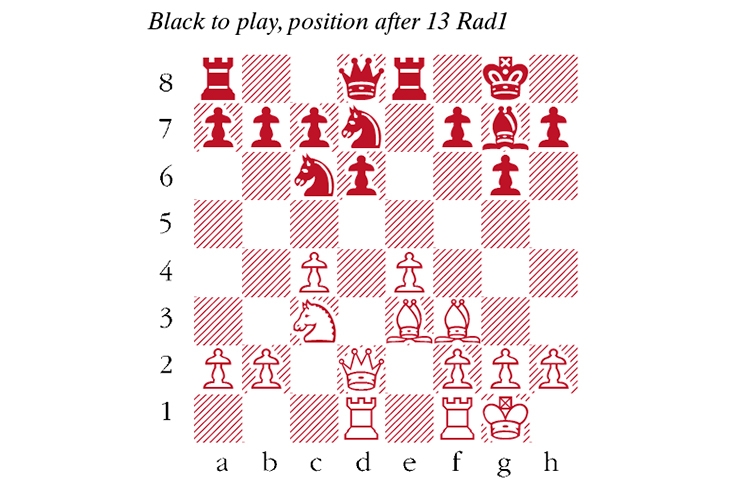
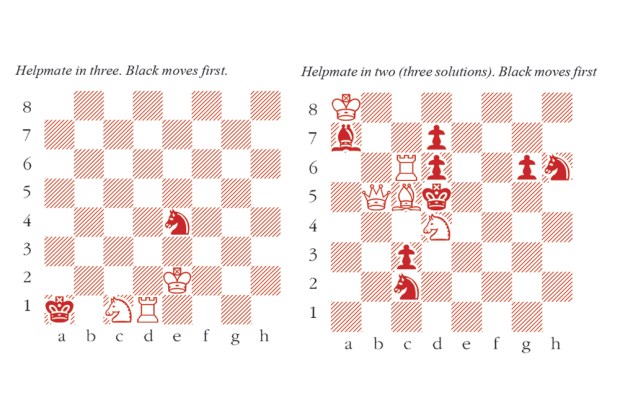
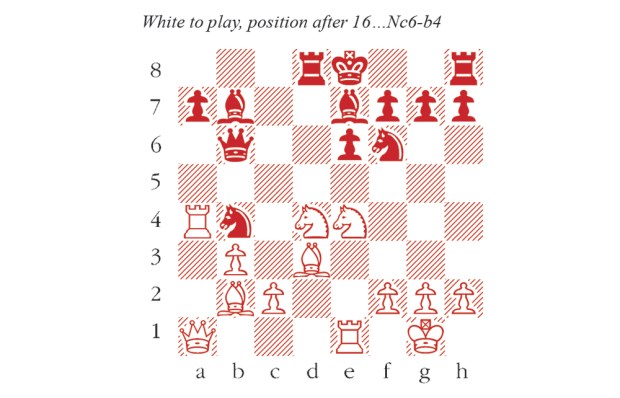
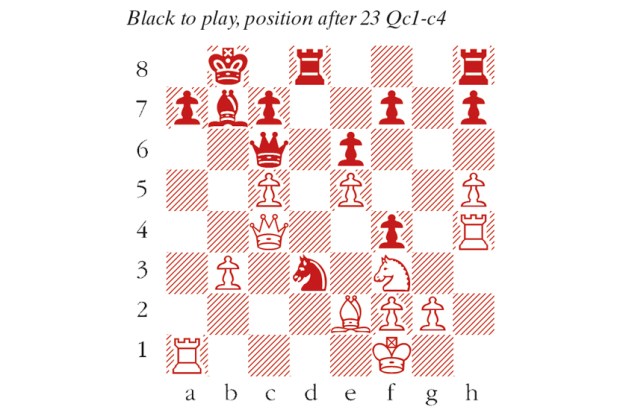
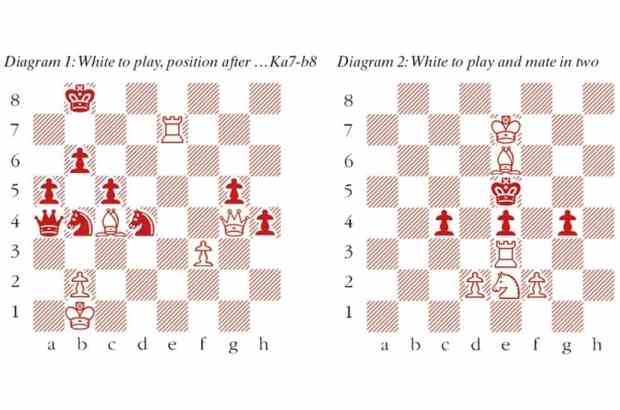
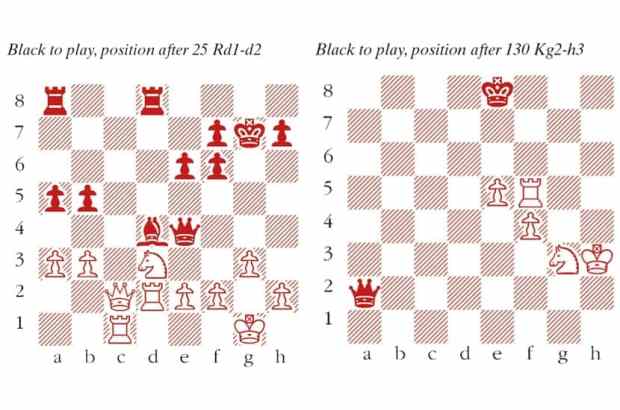
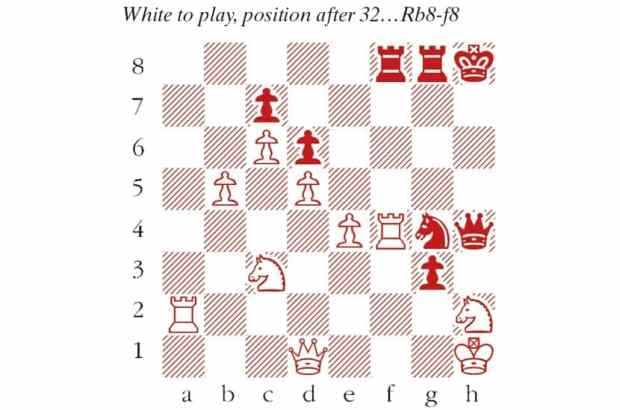






Comments
Don't miss out
Join the conversation with other Spectator Australia readers. Subscribe to leave a comment.
SUBSCRIBEAlready a subscriber? Log in